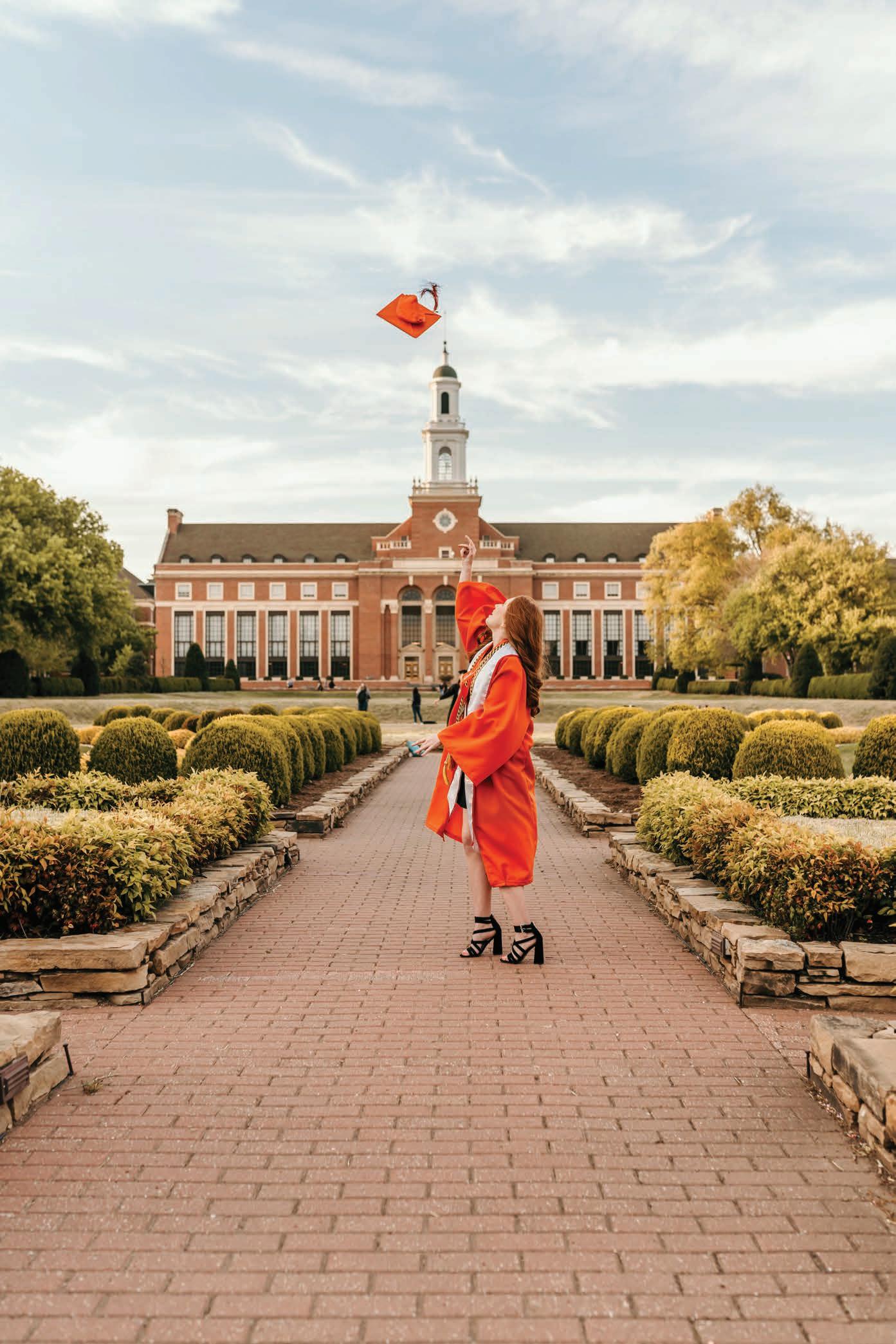A lesson to HOLD Technology allows students to ‘grasp’ concepts
s the professor calls the 200-student class to attention, the low hum of conversations dwindles. As the lesson goes on, some find it difficult to grasp the intricate concepts taught. However, a new tool helps students in this Oklahoma State University food science classroom. Ranjith Ramanathan, associate professor in the OSU Department of Animal and Food Sciences, has taught
the Fundamentals of Food Science, FDSC 1133, for seven years, giving him a good idea of the best ways to teach these topics, he said. “It’s an intro-level class that gets up to 14 different majors from freshmen to seniors,” Ramanathan said. “Some have a really good science background, and some don’t. But, when we learn about basic food components, a lot of students have a hard time visualizing.” Ramanathan started using some
in-class demonstrations to help students understand what was going on; however, when he would ask students what was happening, many still could not explain it well, he said. “Then, I started using printed 3D models,” Ramanathan said. “That helped a lot with the visualization.” These models provided a key element missing to the lessons, he added. “The models help with the student learning,” he said. “When I grade, now
Ranjith Ramanathan uses these models of protein (orange) and amino acid (black) structures in his classes. Photo by Matt Staples.
VOLUME 22 NUMBER 2 | 43


























